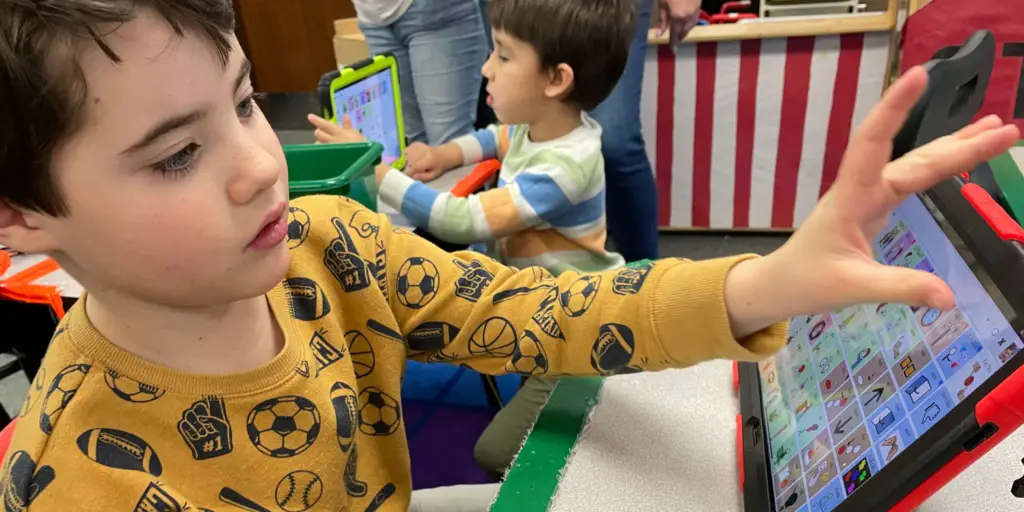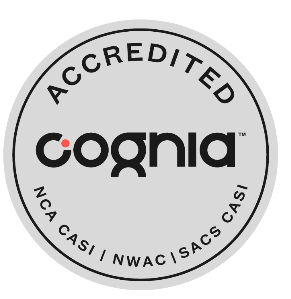In the late 1980s, a robotic voice become synonymous with the brilliant mind of Stephen Hawking. At the time, the technology used to help Hawking communicate was groundbreaking. Since then, tech companies have continued to develop such software and programs, making them more readily accessible to the general population.
This year, 36 students within the Canyons School District gained access to that technology with new iPads and software procured by the Canyons Special Education Department. The department worked with the Assistance League of Salt Lake City as well as 100 Women Who Care, receiving a $26,000 grant to fund the project.
The iPads are part of a new initiative to provide resources and training for teachers and staff throughout the District, particularly those who are part of special education classes.
“Communication is foundational to being human,” says Amy Buckley, Canyons Speech Language Pathologist Coordinator. “We often say that communication is behavior and behavior is communication.”
The iPads come with a software called CoughDrop, an AAC or Augmentative and Alternative Communication software, which is designed to help people communicate as an alternative form of speech.
“When we can’t communicate or when we feel like we can’t be heard, it impacts us emotionally, but it also impacts how we interact with the world,” says Michaela Ball, Canyons Teacher and Assistive Technology Specialist. “This is huge for our students, for those who are non-speaking or partially non-speaking. This is a tool that allows a student to convey what they want to convey, when they want to convey it, and they don’t have to rely on other people to facilitate their communication.”
Throughout the year, teachers and staff will also be trained on how to use CoughDrop to be able to communicate with students, so students can communicate more freely, no matter if they’re in the classroom or at lunch.
“The greatest thing about this grant is that these students will have their device and it will stay with the student, not with the District,” Ball says. “That way a student can really use it as their very own and families can begin to own it and grow and blossom from there, just in learning and being able to communicate and making more than just an academic tool but something they can use, say at the doctor’s office.”
The hope is with these devices students will be more comfortable in the classroom and out of it and will be able to increase their academic engagement.





